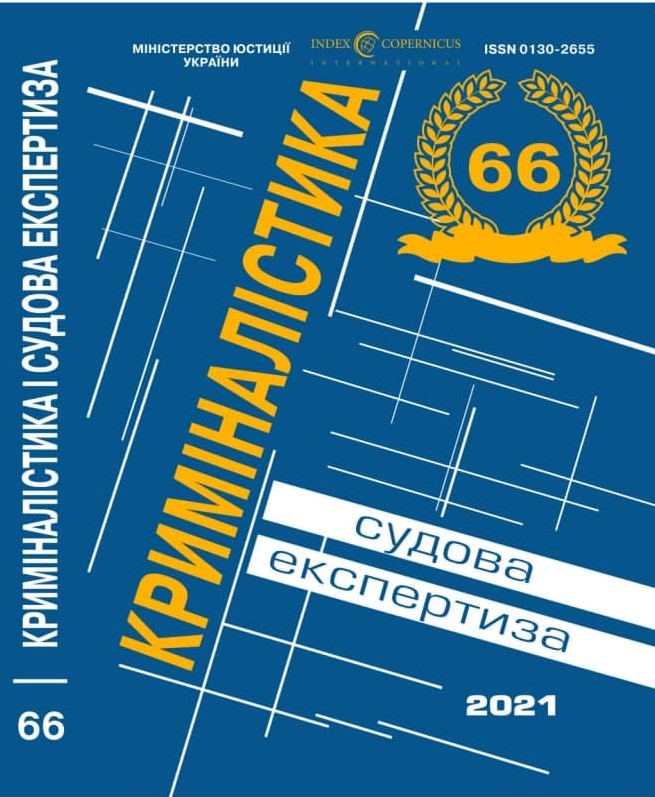DOI: https://doi.org/10.33994/kndise.2021.66.79
K. Proskura
The article deals with the methods and publicly available means of searching for information about individuals – carriers of corruption risks at an enterprise, institution, organization. This search, collection and analysis of information in open sources helps to establish phones, email addresses, places of registration of persons, identify their contacts on social networks, find their posts, messages, publications, photos and other information that could be interesting in assessing the likelihood of committing the face of corruption crimes and the assessment of corruption risks at the enterprise.
In the process of assessing corruption risks, the key point is to determine the circle of persons who are carriers of the risks of committing corruption at the enterprise/organization, and in the future – to work out their actions, behavior, relationships with other employees and outsiders. It is important to identify stakeholders internal and external to the enterprise / organization (third party), their interests and relationships that can influence the emergence of corruption risks and acts of corruption, or can help reduce risks and prevent corruption.
In the process of assessing corruption risks, the key point is to determine the circle of persons who are carriers of the risks of committing corruption at the enterprise / organization, and in the future – to work out their actions, behavior, relationships with other employees and outsiders. It is important to identify stakeholders internal and external to the enterprise / organization (third party), their interests and relationships that can influence the emergence of corruption risks and acts of corruption, or can help reduce risks and prevent corruption.
Today there are quite a few Internet resources for collecting public information about an individual, some of them (those that are freely available and are not paid) are discussed in the article. Social networks are undoubtedly one of the most important channels for collecting information about a person, they can help in the investigation and identification of corruption risks associated with the investigated person.
Working out information about the person – the bearer of corruption risks using publicly available sources is an important stage in both the anti-corruption policy and investigations related to suspicions of corruption offenses. The information revolution and the globalization of information resources makes people’s lives more public and open to external investigators, which requires the formation of new approaches and methods of working with information.
Key words: open sources of information, corruption, act of corruption, official, corruption risk, bearer of corruption risks.

